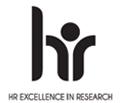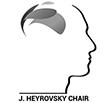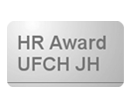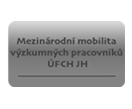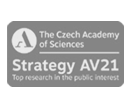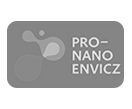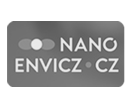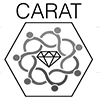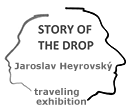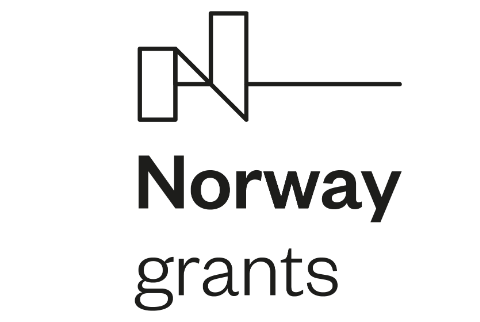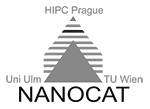International Mobility of HIPC´s Researchers

Project Name: Optimalisation of analytical methods for environmental and biomedical diagnostics
Grant Provider: Czech Republic - Ministry of Education Youth and Sports as the managing authority of Operational Programme Research, Development and Education
The grant was awarded on the basis of a request for support on December 6th 2019 under the call 02_18_053 International Mobility of Researchers, Technical and Administrative Workers of Research Institutions – (MEYS, OP RDE)
Operational Programme: Operational Programme Research, Development and Education
Priority Axis: PO2 – Development of universities and human resources for research and development
Project Registration Number: CZ.02.2.69/0.0/0.0/18_053/0016922
Total Project Costs: CZK 7 474 617 ,00
ESF Co-financing Rate: 75,9 %
Project Duration: 1.8.2020 - 31.5.2022 (22 months)
Annotation:
The aim of this project is significant improvement of analytical methods for monitoring changes in the environment and diagnostics of diverse biomedical samples, which are currently studied and developed at the Heyrovsky institute. More specifically, we will focus on improvements of sensitivity and accuracy of physico-chemical methods used in monitoring and diagnostics. Moreover, there is a need to increase speed and simplify the procedures, thus, enabling their adaptation for instruments or tools often used in complex conditions. Fast processes will enable real time measurements required for deeper understanding of processes, e.g., deterioration of the environment on Earth. The project plans to further upgrade methods already developed in the institute, such as mass spectrometry, Raman and fluorescence spectroscopy, diverse electrochemical and photometric methods, and their combinations. Moreover, modern theoretical approaches based on modelling of processes using computer simulations will be explored. Collaboration with international experts will accelerate these innovations and simplify their implementation in the institute.
Key Activities:
-
Degradation processes of organic dyes used within the art objects
-
Molecular tweezers based on electrochemical stimuli
-
Theoretical development of new catalysts based on transition metal exchanged zeolites
-
Molecular interpretation of the anti-evaporative action of tear lipids
-
Biocompatibility of plasma-modified implant surfaces
-
Electrochemical and kinetic investigations of reaction mechanism and conditions for removal of xenobiotics from water using zero valent iron (zero-valent Iron – ZVI)
-
Redox Catalysts for Environmental Processes II
-
Design of the electrochemical sensor based on new electrode materials
-
UV-vis-NIR-IR-spectroelectrochemistry - application in the research of photoinduced electron- and proton transfer, design of a suitable cell
-
Redox Catalysts for Environmental Processes
-
Development of a new generation of high-resolution mass spectrometer for space missions
-
UV-Vis photodissociation spectroscopy of intermediates of ion/radical reactions
The project is co-financed by the European Union.





